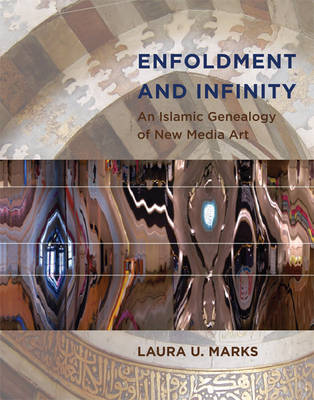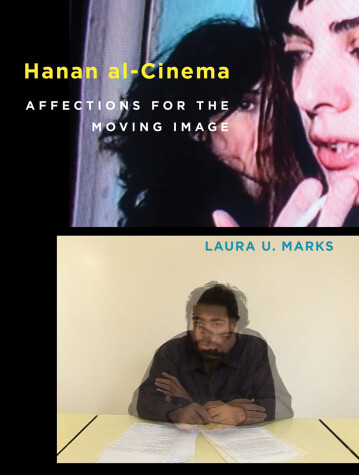Leonardo
2 total works
Tracing the connections-both visual and philosophical-between new media art and classical Islamic art.
In both classical Islamic art and contemporary new media art, one point can unfold to reveal an entire universe. A fourteenth-century dome decorated with geometric complexity and a new media work that shapes a dome from programmed beams of light: both can inspire feelings of immersion and transcendence. In Enfoldment and Infinity, Laura Marks traces the strong similarities, visual and philosophical, between these two kinds of art. Her argument is more than metaphorical; she shows that the "Islamic" quality of modern and new media art is a latent, deeply enfolded, historical inheritance from Islamic art and thought. Marks proposes an aesthetics of unfolding and enfolding in which image, information, and the infinite interact: image is an interface to information, and information (such as computer code or the words of the Qur'an) is an interface to the infinite. After demonstrating historically how Islamic aesthetics traveled into Western art, Marks draws explicit parallels between works of classical Islamic art and new media art, describing texts that burst into image, lines that multiply to form fractal spaces, "nonorganic life" in carpets and algorithms, and other shared concepts and images. Islamic philosophy, she suggests, can offer fruitful ways of understanding contemporary art.
In this book, Laura Marks examines one of the world's most impressive, and affecting, bodies of independent and experimental cinema from the last twenty-five years: film and video works from the Arabic-speaking world. Some of these works' creative strategies are shared by filmmakers around the world; others arise from the particular economic, social, political, and historical circumstances of Arab countries, whose urgency, Marks argues, seems to demand experiment and invention.
Grounded in a study of infrastructures for independent and experimental media art in the Arab world and a broad knowledge of hundreds of films and videos, Hanan al-Cinema approaches these works thematically. Topics include the nomadism of the highway, nostalgia for '70s radicalism, a romance with the archive, algorithmic and glitch media, haptic and networked space, and cinema of the body. Marks develops an aesthetic of enfolding and unfolding to elucidate the different ways that cinema can make events perceptible, seek connections among them, and unfold in the bodies and thoughts of audiences.
The phrase Hanan al-cinema expresses the way movies sympathize with the world and the way audiences feel affection for, and are affected by, them. Marks's clear and expressive writing conveys these affections in works by such internationally recognized artists and filmmakers as Akram Zaatari, Elia Suleiman, Hassan Khan, Mounir Fatmi, and Joana Hadjithomas and Khalil Joreige, and others who should be better known.

